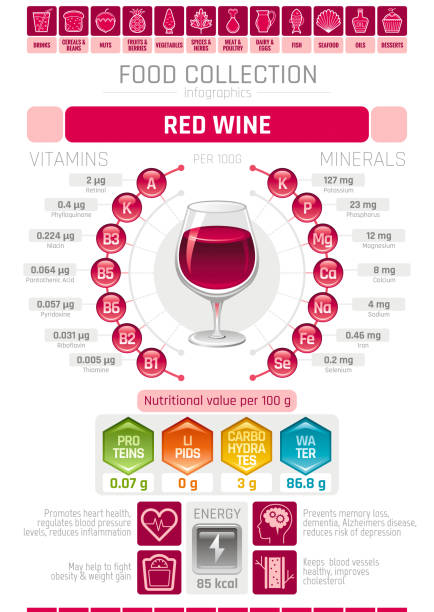Introduction:
Wine, a symbol of luxury, culture, and tradition, has a history that spans thousands of years. From the ancient vineyards of Mesopotamia to the rolling hills of modern-day Bordeaux, winemaking has evolved and adapted over millennia. However, the grapevines that produce this cherished beverage are facing unprecedented challenges due to climate change. In this article, we explore the profound relationship between wine and climate change, examining how the industry has adapted over the course of 8,000 years.
The Origins of Winemaking:
The origins of winemaking can be traced back to around 6000 BC in the region that is now known as Iran. The ancient civilizations of Mesopotamia, Egypt, and Greece embraced the art of winemaking, using it not only as a beverage but also as an integral part of their religious and social practices. As grape cultivation and winemaking spread across Europe, so did the traditions associated with this ancient craft.
Adapting to Changing Climates:
Throughout its long history, the cultivation of grapevines has been deeply intertwined with climate conditions. Winemakers from different regions have developed unique varieties and techniques that are specifically tailored to their local climates. However, the rapid changes brought about by modern climate change pose a significant threat to the delicate balance that has been established over centuries.
Rising temperatures, altered precipitation patterns, and more extreme weather events are challenging grape growers worldwide. Traditional grape-growing regions are experiencing shifts in temperature and growing seasons, leading to changes in the flavor profiles of wines. Winemakers are now faced with the daunting task of adapting to these changes while preserving the essence of their wines.
The Impact of Climate Change on Wine:
One of the most immediate effects of climate change on wine is the shift in the timing of grape ripening. Warmer temperatures can cause grapes to ripen earlier than usual, potentially affecting the balance of sugars, acids, and phenolic compounds in the fruit. This can have a profound impact on the flavor and aroma of the resulting wines.
Moreover, changes in temperature and precipitation patterns contribute to the spread of pests and diseases that can devastate vineyards. Traditional grape varieties may become less suitable for certain regions, prompting winemakers to explore new, more resilient varieties that can thrive in the face of changing climatic conditions.
Adaptation Strategies:
In response to the challenges posed by climate change, winemakers are implementing a variety of adaptation strategies. These include changes in vineyard management practices, the introduction of drought-resistant grape varieties, and the exploration of higher-altitude or cooler-climate vineyard sites.
Technological advancements also play a crucial role in adaptation. Precision viticulture, which utilizes data-driven approaches to optimize grape production, is becoming increasingly popular. From soil sensors to satellite imagery, winemakers are leveraging technology to monitor and manage their vineyards with unprecedented precision.
International Collaboration and Research:
Recognizing the global nature of the wine industry and the shared challenges posed by climate change, winemakers and researchers are engaging in international collaborations. The exchange of knowledge, experiences, and best practices helps foster innovation and adaptability within the industry.
Organizations like the International Organisation of Vine and Wine (OIV) are actively involved in coordinating research efforts and disseminating information on climate change impacts and adaptation strategies. Winemaking regions from Bordeaux to Napa Valley are participating in collaborative initiatives to address the shared challenges they face.
Conclusion:
As the world grapples with the realities of climate change, the wine industry stands at a crossroads. The adaptability that has characterized winemaking for thousands of years is now being put to the test on a global scale. Winemakers, scientists, and enthusiasts alike must collaborate to ensure that the rich traditions of winemaking continue to thrive in the face of an uncertain climate future.
While the challenges are significant, the resilience and ingenuity of the human spirit, as demonstrated by 8,000 years of winemaking history, provide hope that the industry will not only survive but also continue to produce exceptional wines that reflect the evolving landscapes from which they originate. The story of wine and climate change is one of adaptation, innovation, and a deep-rooted connection to the land—a story that will continue to unfold in the years and centuries to come.




